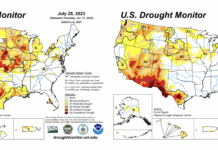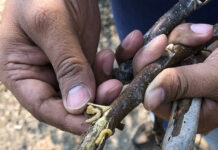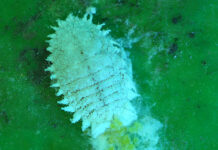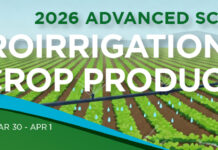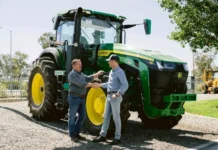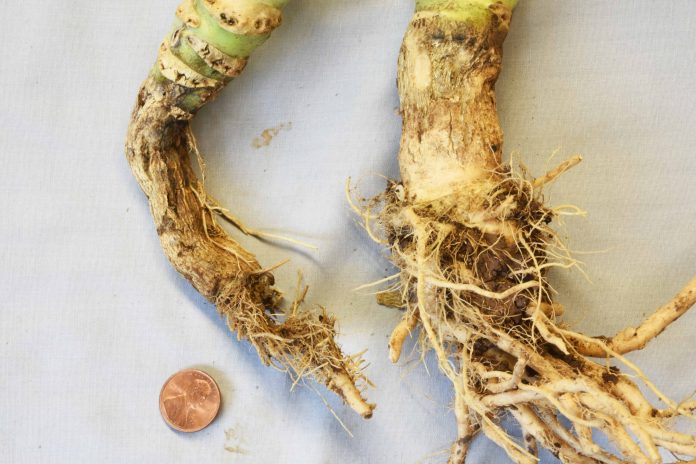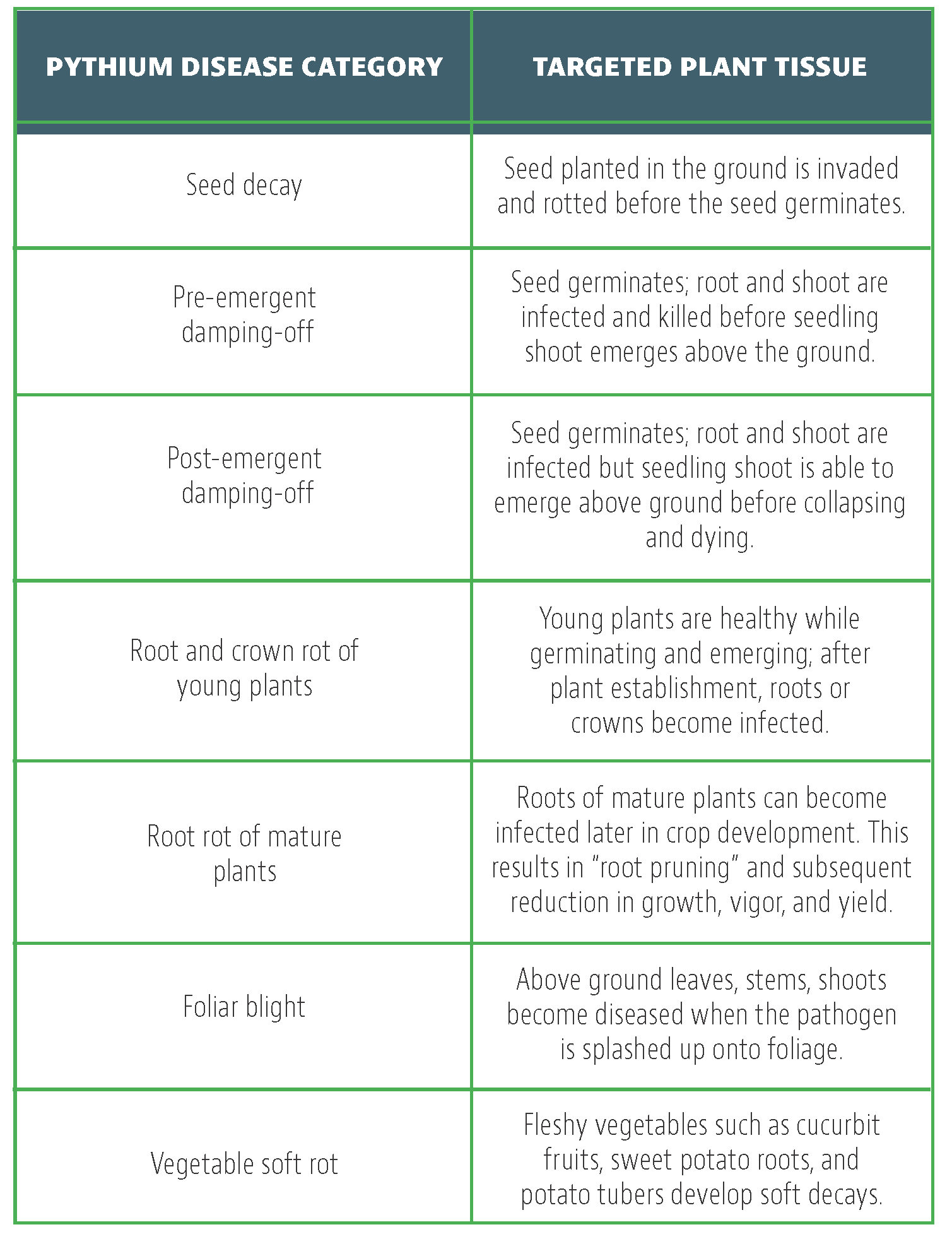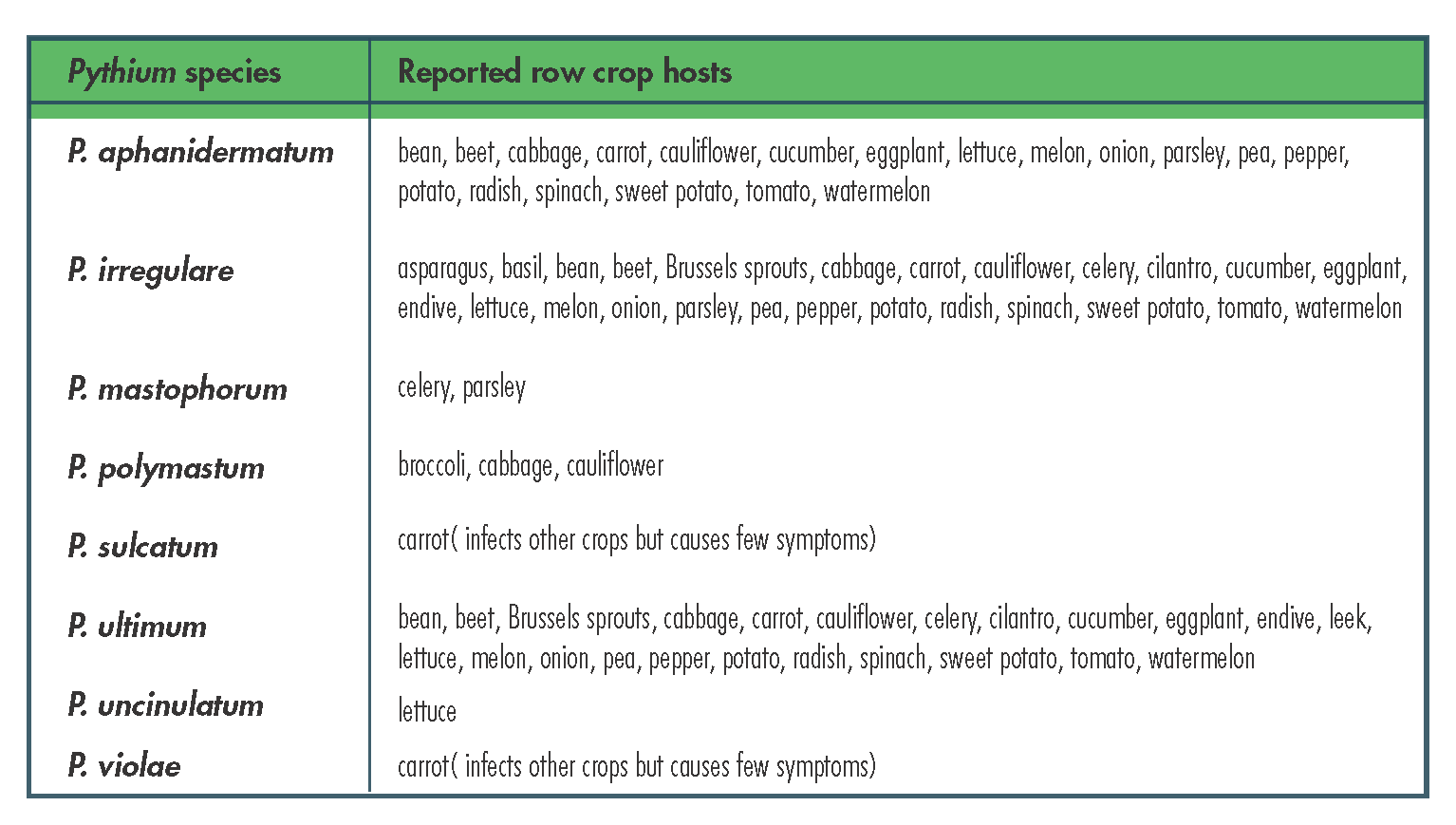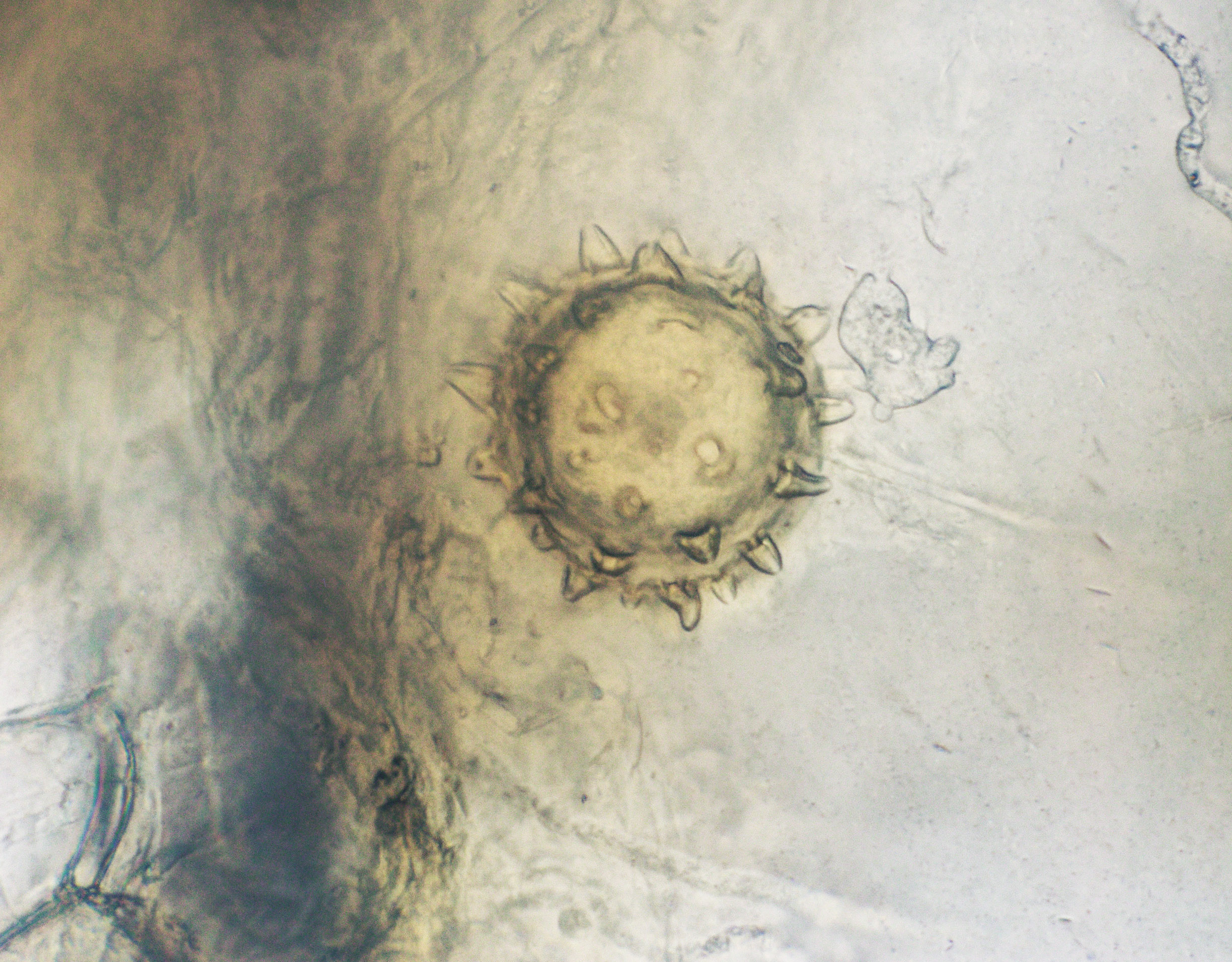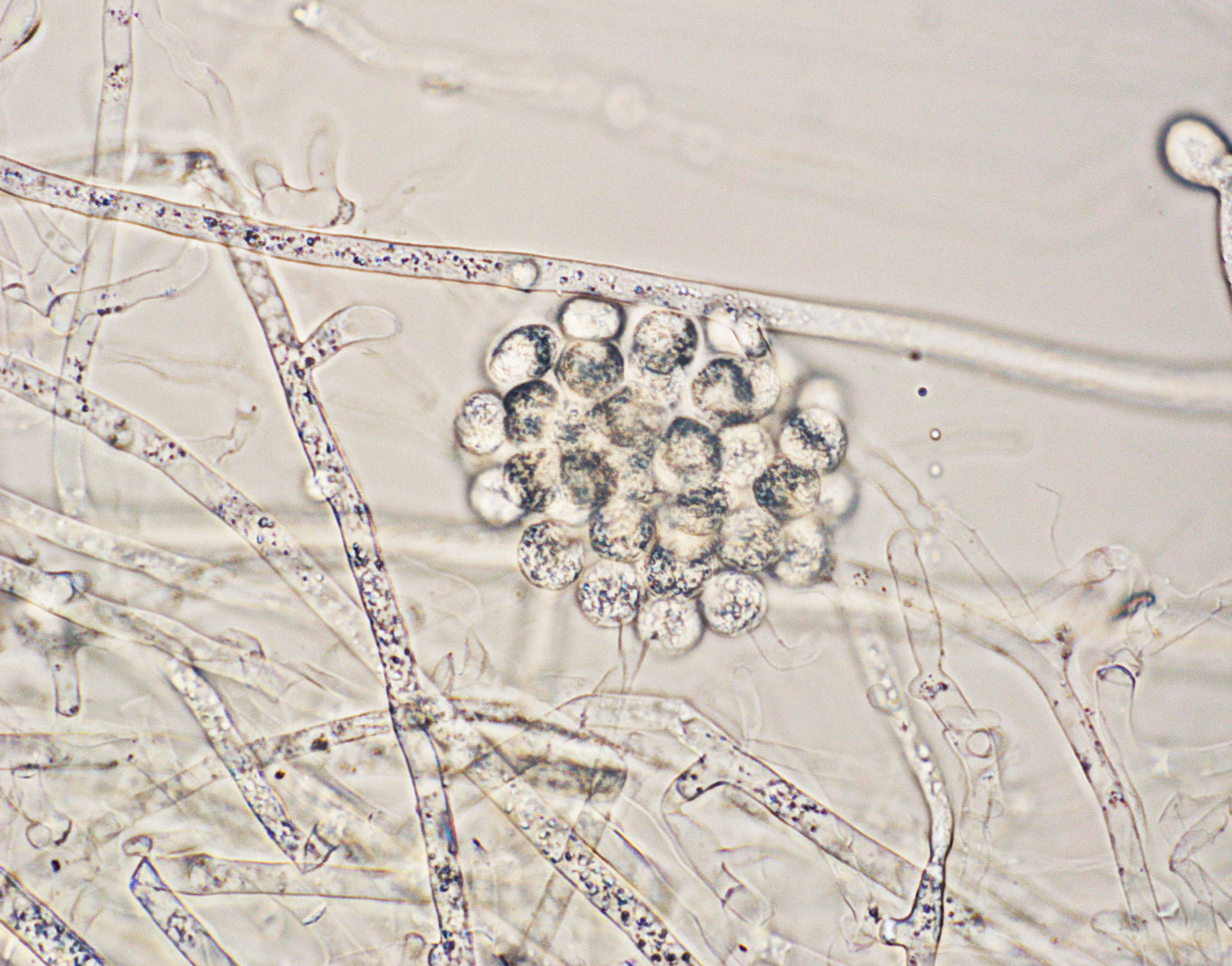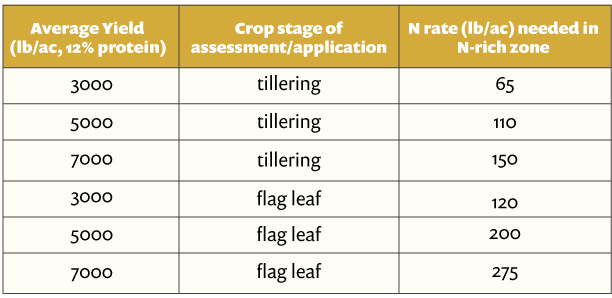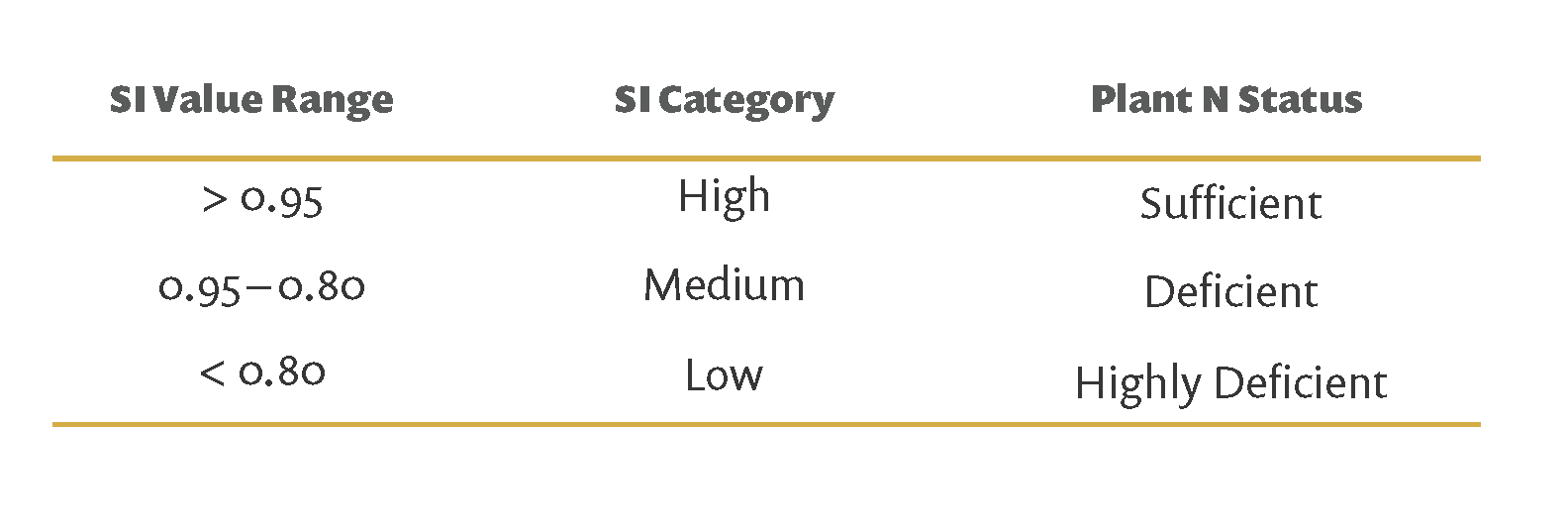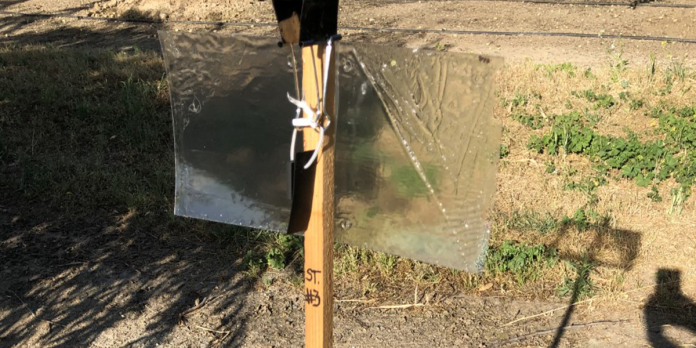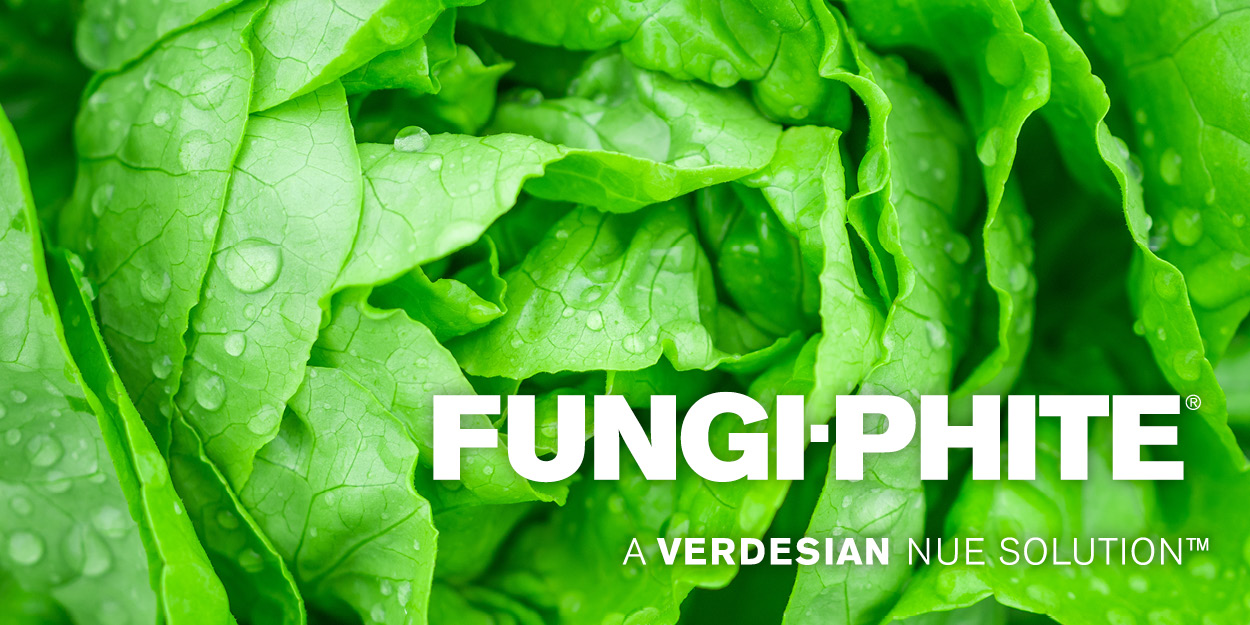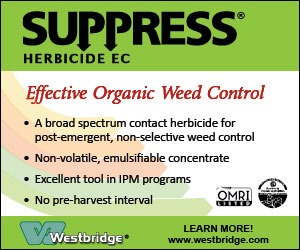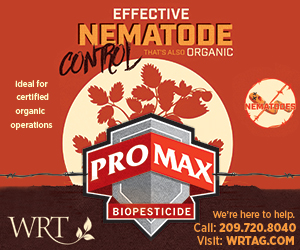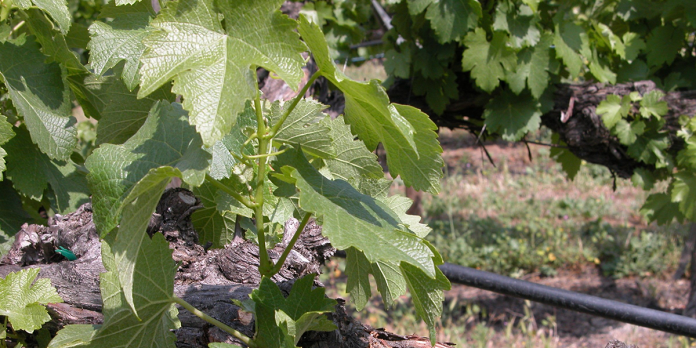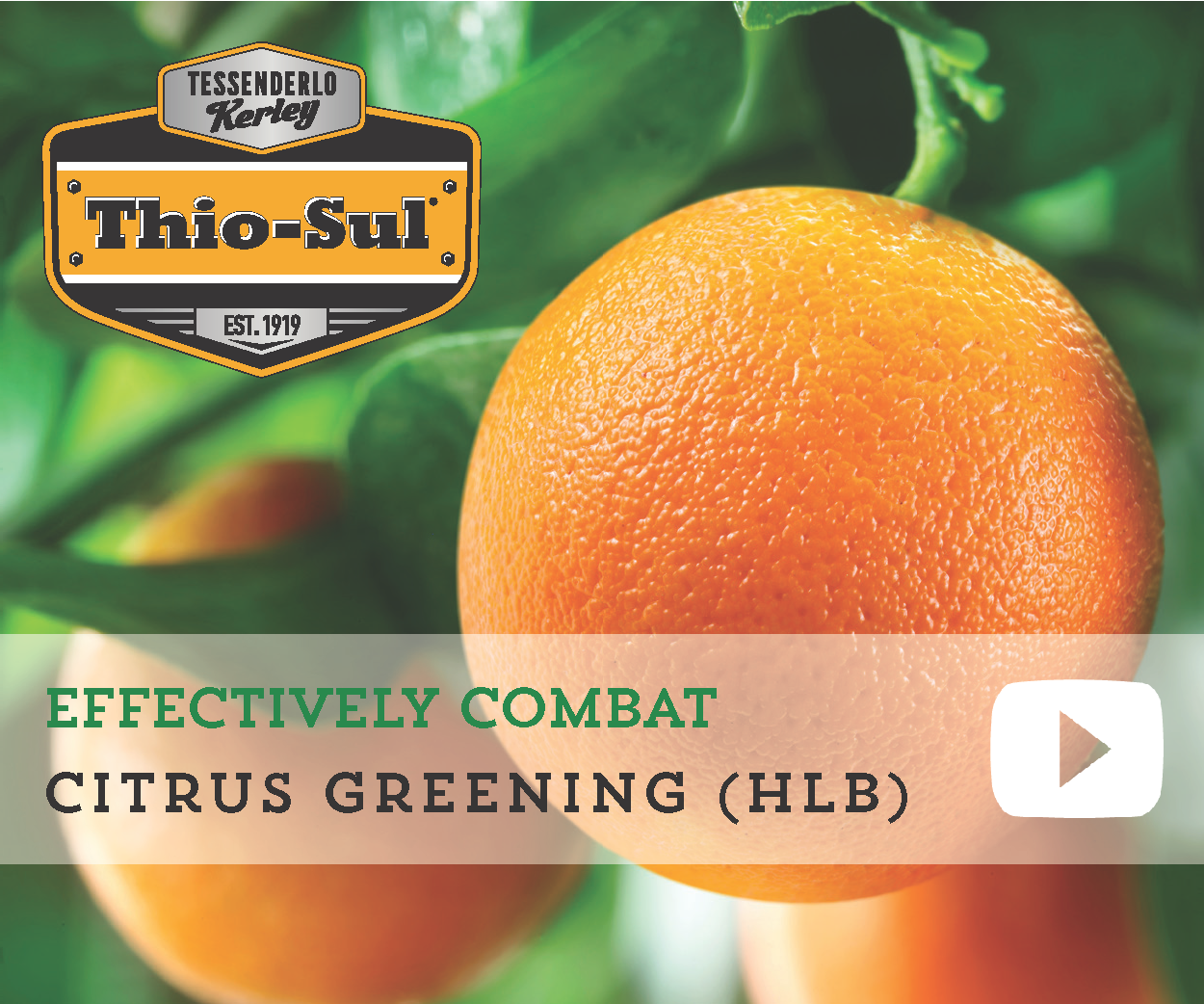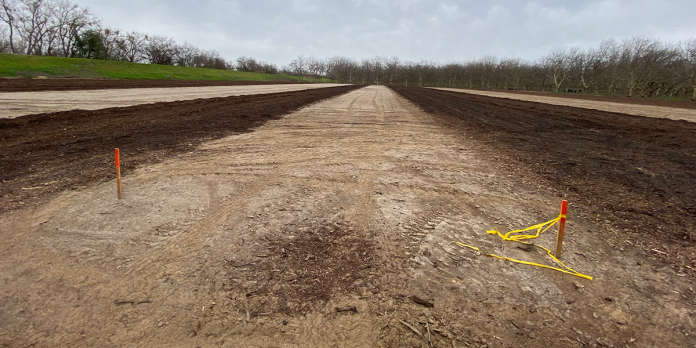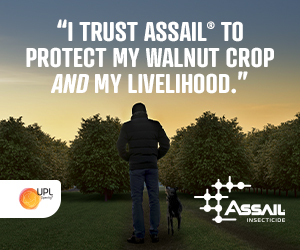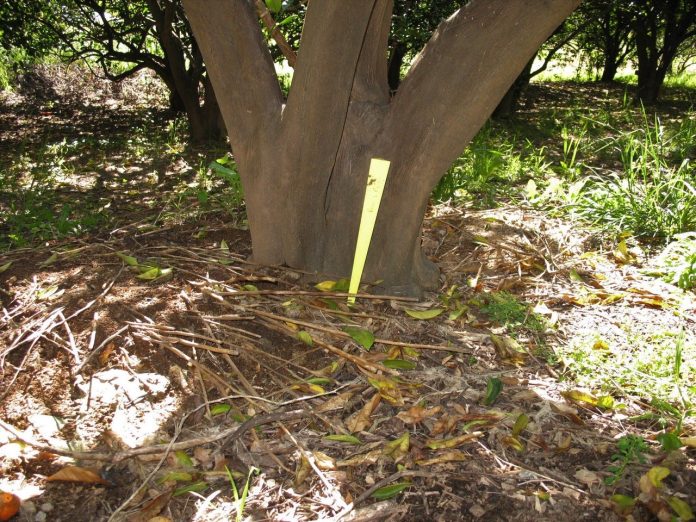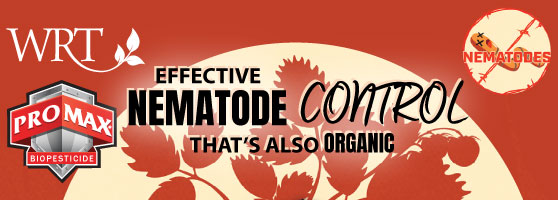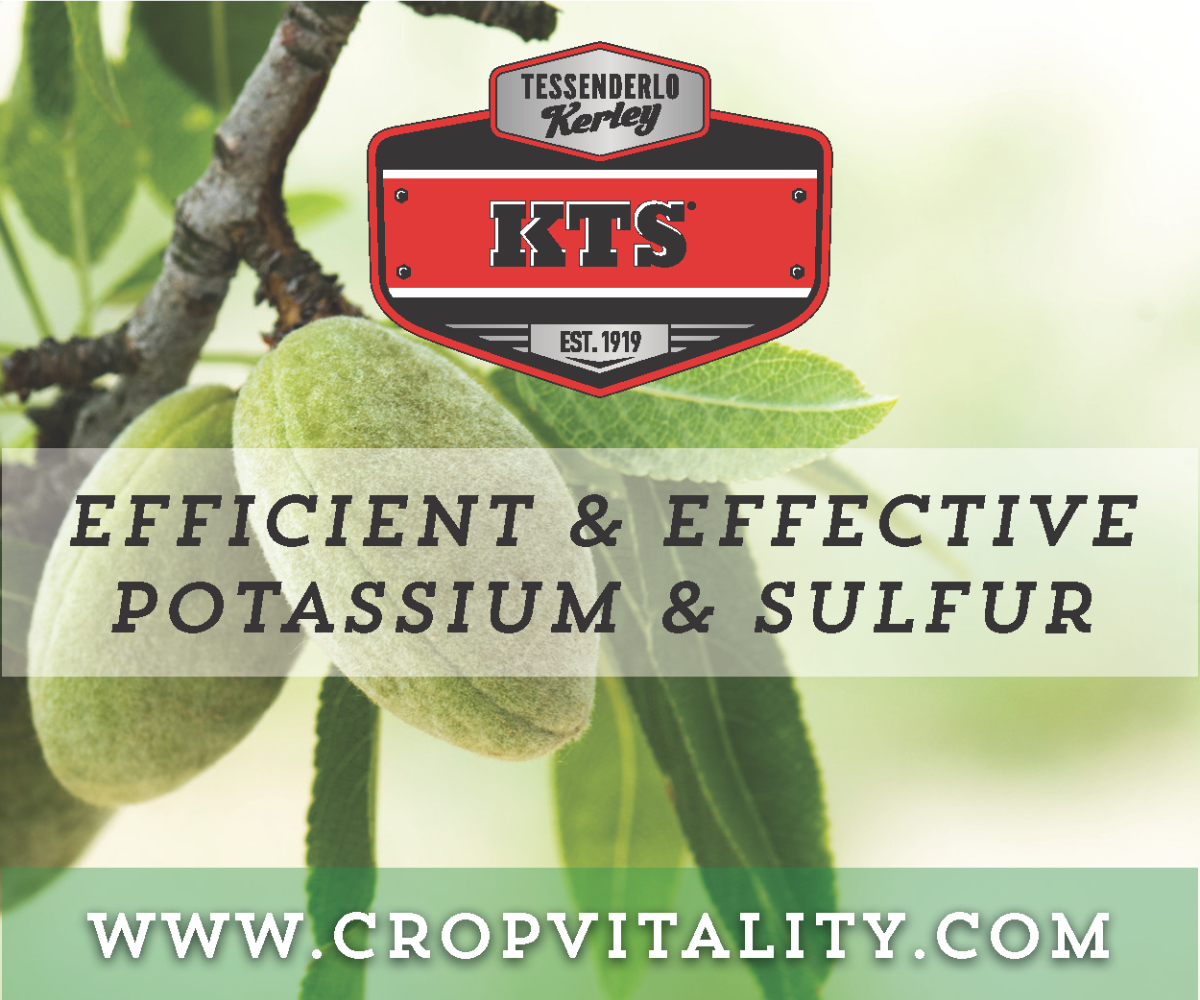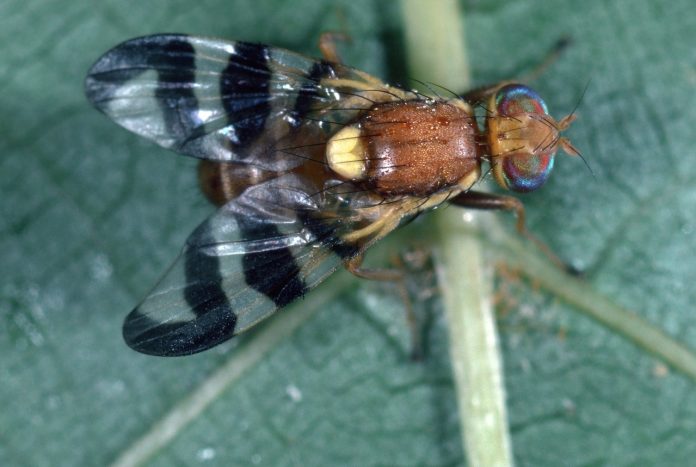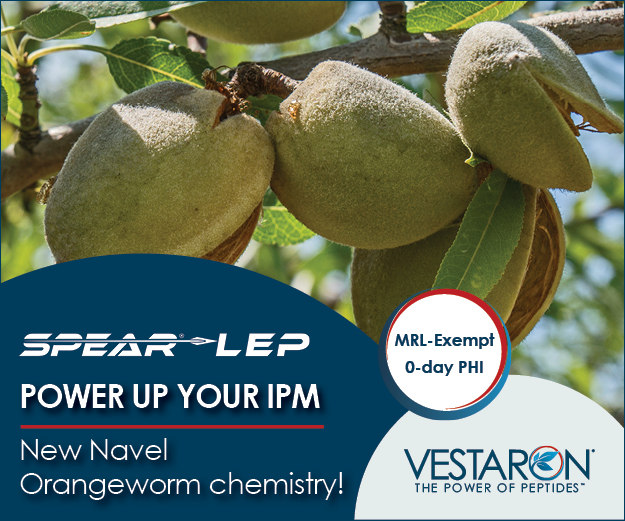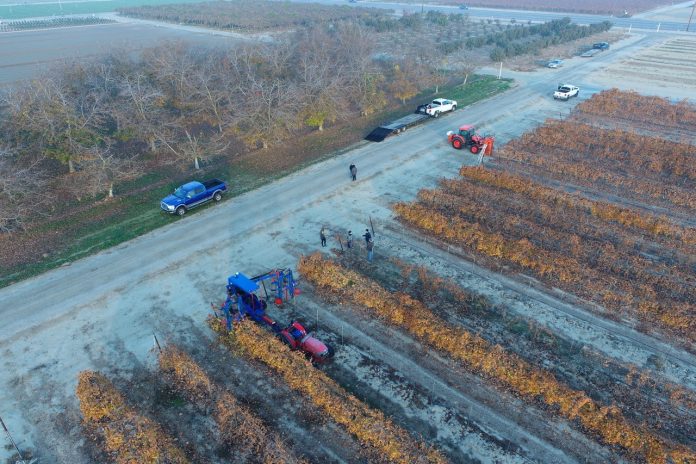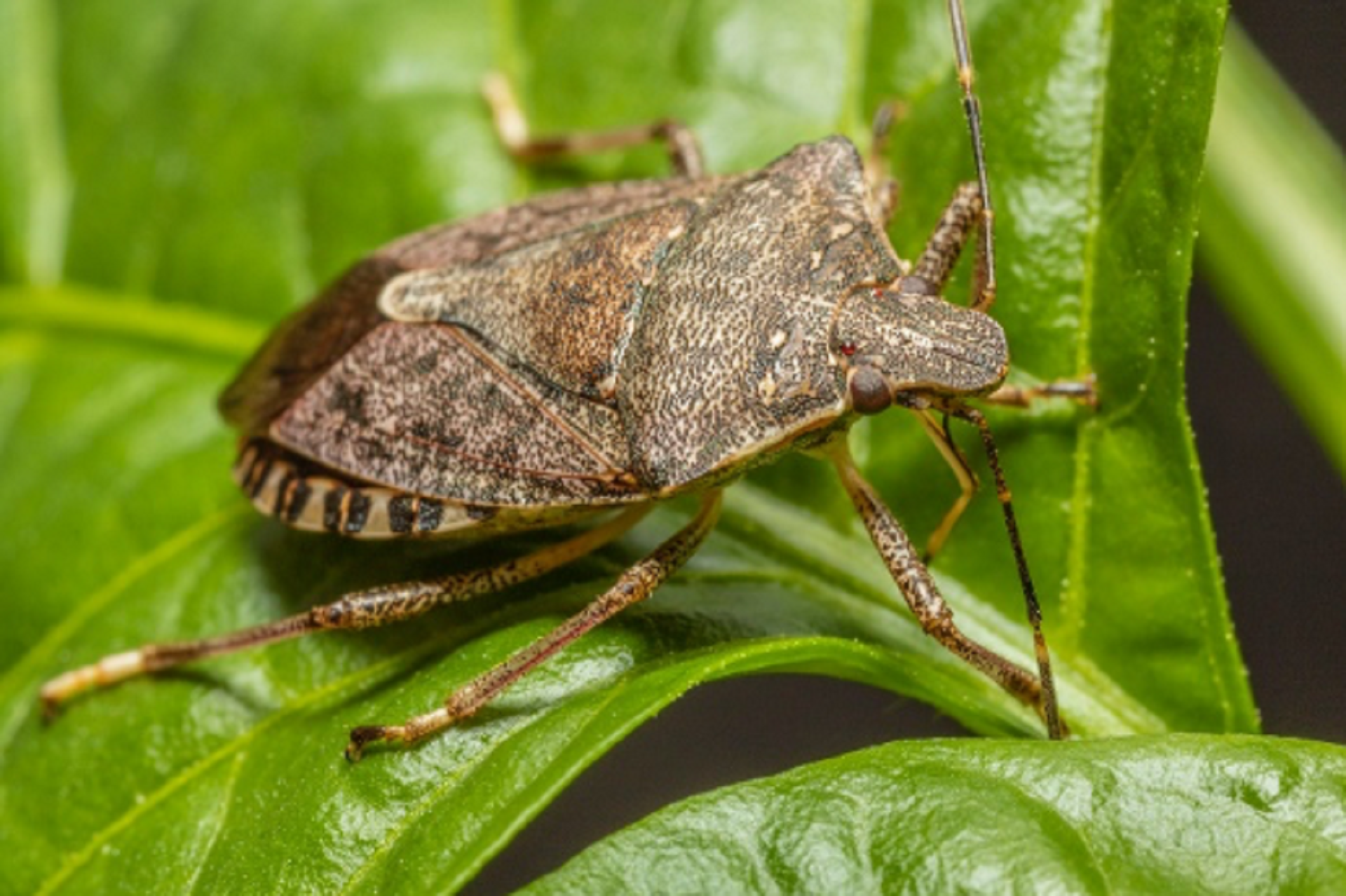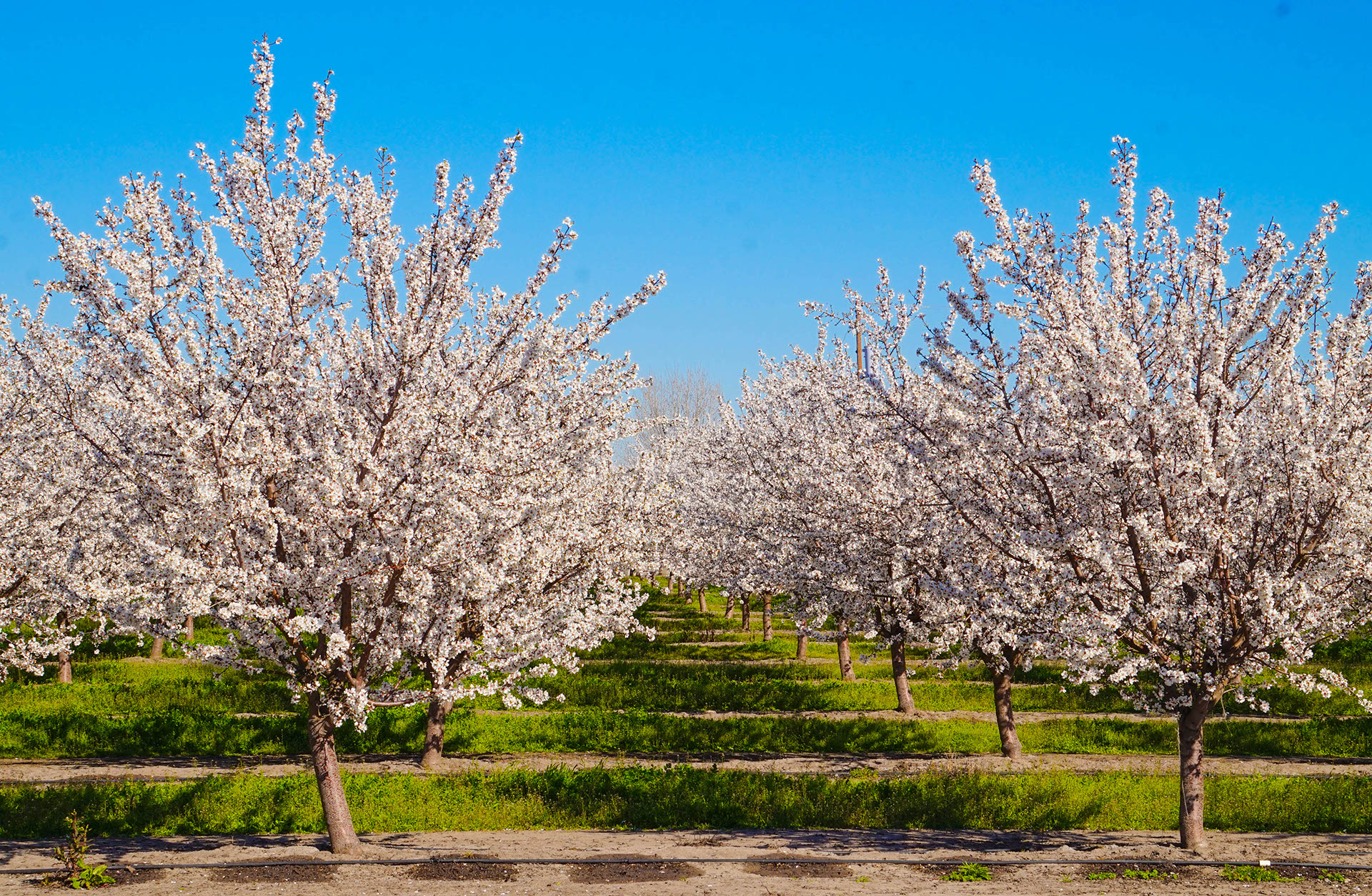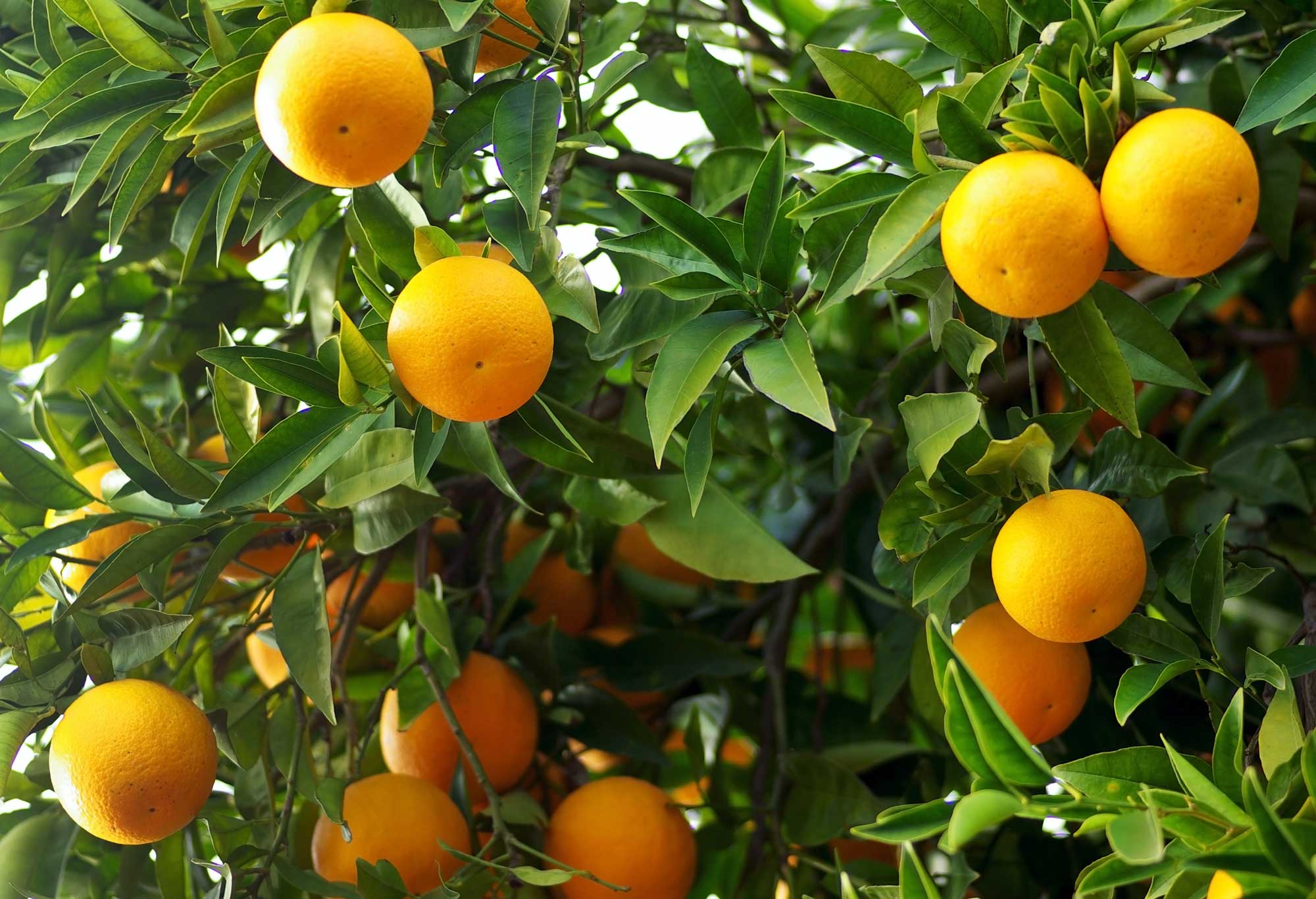Spotted-wing drosophila (SWD), Drosophila suzukii, is an invasive vinegar fly and a major pest of soft-skinned fruit crops. The fly was first detected in the continental U.S. in 20081 and has quickly spread from its native range in Eastern Asia throughout the U.S. and into most major fruit-producing regions of the world2. For small-scale fruit growers, damage from this pest substantially reduces the yield of marketable fruit, making susceptible crops challenging to grow economically and sustainably3,4. For large-scale growers, the presence of SWD can lead to complete crop loss due to processors’ zero-tolerance policies for insect infestation5.
Biology
Vinegar flies typically lay their eggs in damaged or rotting fruit, but female SWD have a highly serrated ovipositor that allows them to saw through the skin of undamaged, ripening fruit6,7, which makes SWD an especially detrimental pest. Larvae emerge inside of and feed on the fruit, making it mushy and unmarketable. Recent research showed that around 80% of larvae drop from the fruit to pupate in the top layer of soil and that they are more likely to drop from the fruit if the fruit is overcrowded8,9. Larvae and pupae can also reach the ground when damaged fruit becomes mushy and falls to the ground.
SWD has a quick generation time, with many generations per year in most regions. The fly develops fastest in temperatures between 68 to 83 degrees F, but is unable to develop at temperatures above about 87 degrees F10,11. In temperate regions like the Upper Midwest or Pacific Northwest, SWD populations are highest during summer months. In hotter regions like California or Florida, fly populations are highest in the spring and fall and are much lower during their hot and dry summer months12.
SWD thrives in high humidity, developing fastest around 94% humidity13. Researchers found that females laid more eggs in the inner canopy of blackberry and blueberry plants, likely because the environment is more humid, cooler and darker14,15.
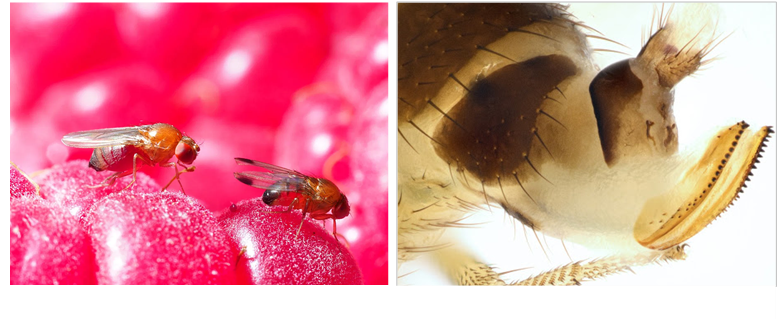
Fruit crops that are the most susceptible to SWD include raspberries, blackberries, blueberries, strawberries, sweet and tart cherries, and some cultivars of wine grapes16-18. However, SWD can survive on alternative hosts like wild blackberries and apples, buckthorn and honeysuckle. It remains largely unknown how SWD survive in the winter and spring before fruit is available in the landscape and on farms, but one study found that SWD can develop on non-fruit hosts like mushrooms and bird manure19.
Traditional Management
Pest pressure from SWD is often very high due to the fly’s fast development time, optimal development conditions in the summer and high availability of host plants and food in the agroecosystem. Management relies heavily on chemical control in organic and conventional systems, which is costly to growers. In California, chemical controls for SWD cost around $470/acre for conventional and $1,210/acre for organic growers3.
Only a few insecticides approved for use in organic systems are effective at controlling SWD, limiting organic growers’ options for control20. Unfortunately, recent reports show evidence of insecticide resistance developing for some active ingredients in some regions, including spinosad (the main insecticide used to control SWD in organic systems)21,22.
Cultural practices can help reduce the fly’s population and are often used in tandem with chemical controls. Such practices include harvesting fruit promptly (every one to two days), frequent field sanitation, burial or composting of infested fruit and exclusion netting23,24. However, these methods are labor-intensive and expensive.
Since SWD is sensitive to temperature and humidity, cultural practices that modify the crop canopy microclimate have the potential to reduce infestation by deterring adults from laying eggs or disrupting larval development inside of fruit. Management strategies for SWD typically target adult flies in the canopy, but since the majority of SWD larvae fall to the ground before pupation, ground-based cultural management practices could also be important for reducing populations.
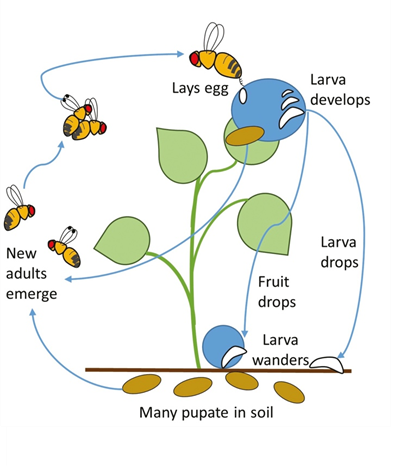
Growers have used plastic mulches since the 1960s to modify the microclimate in fruit and vegetable agroecosystems. Plastic mulches are commonly used for weed control, promoting earlier ripening, improving fruit quality or color and increasing yield25,26. Different colors of plastic mulches have also been shown to successfully control insect pests including aphids, whiteflies, Asian citrus psyllid and Mexican bean beetles27-30.
Plastic Mulches for SWD
Based on the extensive body of literature reporting that plastic mulches can modify the crop microclimate, control some insect pests and provide other horticultural benefits, we tested the impact of three colors of plastic mulches on SWD adult and larval populations. Our study was conducted in 2019 and 2020 on a small fruit and vegetable farm in South Central Wisconsin in fall-bearing raspberries.
In this study, we tested black and white-on-black biodegradable plastic mulches (Organix Solutions AG film), metallic polyethylene mulch (Imaflex SHINE N’ RIPE) and a grower-standard control where grass filled in the space between the alleyway and the raspberry plants. We assessed the three mulches’ impact on SWD adult and larval populations in fall-bearing raspberry.
We laid the mulches by hand when the raspberry canes were just emerging from the soil in late April. We laid two mulch strips (25 feet long by 2.3 feet wide) along each side of the row, leaving a six-inch gap between the strips for the canes to grow. The edges of the mulches were secured with biodegradable sod stakes. All four treatments were randomly distributed in each of four rows of fall-bearing raspberries (cultivars “Polana” and “Caroline”), totaling 16 plots.
Starting when the first flies were detected in June, we measured the adult SWD populations passively using clear sticky cards placed in the fruiting zone, which were replaced weekly to estimate fly populations by week.
Larval infestation of fruit was evaluated by counting the number of larvae using the salt float method31. The evaluations were done two to four times per month starting in August.
Adult and larval populations were measured throughout the season until adult populations reached zero, usually in mid-October.
We also did a preliminary experiment to test whether plastic mulches could kill larvae that fell onto the mulch surface. We put lab-reared larvae into ‘corrals’ made from plastic sandwich containers and recorded their mortality and movement over three hours.
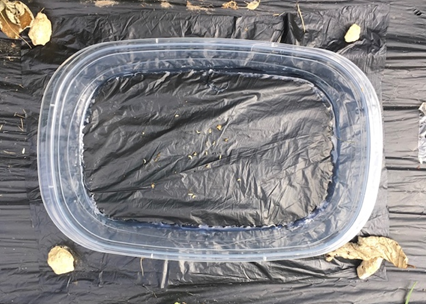
Population Reductions
In both years of our study, we found significantly lower SWD populations above all three plastic mulches compared to the control plots. Over the two-year period, the black and metallic mulches reduced the adult population of SWD by 51% and the white mulch reduced flies by 42% compared to the control.
Interestingly, the plastic mulches only reduced female fly populations and did not impact the number of male flies caught on the sticky cards. With fewer female flies in the canopy above the plastic mulches, it was unsurprising that we also found fewer larvae infesting the fruit in the mulched plots. Over the two-year study, the black mulch decreased the number of larvae in fruit by 72%, the metallic mulch by 61%, and the white mulch by 52% compared to the control.
Plastic mulches may be more effective than other types of mulches tested for managing SWD. In our study, we recorded the lowest adult fly populations and larval infestation of fruit above the black plastic mulch. A 2019 study tested black fabric weedmat as a cultural control for SWD in blueberry in several states and found no effect of the weedmat on SWD infestation of blueberries32. It is possible that some quality of the plastic mulch material (such as reflectivity or lack of permeability) makes it more deterrent to SWD than the weedmat.
In our preliminary experiment, larvae placed on the plastic mulches died quickly. Larvae on the black mulch died in less than one hour, and larvae on the white and metallic mulches died in less than three hours. We recorded high surface temperatures on the mulches, with all mulches heating up above 87 degrees F (SWD’s threshold for development) for two to four hours each day. On hot days, the black mulch got above 150 degrees F.
When placed on the mulch, we observed larvae struggling to crawl and visibly desiccating within minutes, making it unlikely that larvae could crawl off the mulch into the safety of the soil. We will collect more data in summer 2021 to confirm these promising results.
The results of our study provide evidence that black, white and metallic plastic mulches can reduce SWD adult and larval populations in fall-bearing raspberry in the Upper Midwest, showing promise for use of plastic mulches in sustainable pest management.
Combining plastic mulches with other cultural practices including short harvest intervals (every one to two days) and frequent field sanitation could have an additive effect on reducing SWD populations, potentially reducing the need for chemical controls in conventional and organic cropping systems.
Next Steps
Although the use of plastic mulches reduces SWD populations in the canopy of raspberry plants, the specific mechanisms causing this reduction are still unknown. We are still investigating how canopy light conditions, temperature and humidity are
influenced by the plastic mulches and whether these factors can explain the reduction in SWD populations we measured.
In the next two years of this project, we will conduct field experiments to determine whether the three plastic mulches we tested influence beneficial insects, including pollinators, and how the mulches impact soil health, raspberry plant growth, fruit quality and yield in Wisconsin’s climate.
Testing these mulches in other regions and fruit crops is warranted to determine if the reduction of SWD is maintained in different climates and other susceptible crops. Overall, plastic mulches are a promising new tool for more sustainable management of SWD in raspberry in the Upper Midwest.
References
1. Hauser, M. A historic account of the invasion of Drosophila suzukii (Matsumura) (Diptera: Drosophilidae) in the continental United States, with remarks on their identification. Pest Manag. Sci. 2011, 67, 1352–1357, doi:10.1002/ps.2265.
2. CABI Drosophila suzukii (spotted wing drosophila); 2016;
3. Farnsworth, D.; Hamby, K.A.; Bolda, M.; Goodhue, R.E.; Williams, J.C.; Zalom, F.G. Economic analysis of revenue losses and control costs associated with the spotted wing drosophila, Drosophila suzukii (Matsumura), in the California raspberry industry. Pest Manag. Sci. 2017, 73, 1083–1090, doi:10.1002/ps.4497.
4. DiGiacomo, G.; Hadrich, J.; Hutchison, W.D.; Peterson, H.; Rogers, M. Economic Impact of Spotted Wing Drosophila (Diptera: Drosophilidae) Yield Loss on Minnesota Raspberry Farms: A Grower Survey. J. Integr. Pest Manag. 2019, 10, doi:10.1093/jipm/pmz006.
5. Bruck, D.J.; Bolda, M.; Tanigoshi, L.; Klick, J.; Kleiber, J.; Defrancesco, J.; Gerdeman, B.; Spitler, H. Laboratory and field comparisons of insecticides to reduce infestation of Drosophila suzukii in berry crops. Pest Manag. Sci. 2011, 67, 1375–1385, doi:10.1002/ps.2242.
6. Kanzawa, T. Studies on Drosophila suzukii Mats. J. Plant Prot. 1939, 23, 66–70, 127–132, 183–191.
7. Walsh, D.B.; Bolda, M.P.; Goodhue, R.E.; Dreves, A.J.; Lee, J.; Bruck, D.J.; Walton, V.M.; O’Neal, S.D.; Zalom, F.G. Drosophila suzukii (Diptera: Drosophilidae): Invasive Pest of Ripening Soft Fruit Expanding its Geographic Range and Damage Potential. J. Integr. Pest Manag. 2011, 2, G1–G7, doi:10.1603/ipm10010.
8. Woltz, J.M.; Lee, J.C. Pupation behavior and larval and pupal biocontrol of Drosophila suzukii in the field. Biol. Control 2017, 110, 62–69, doi:10.1016/j.biocontrol.2017.04.007.
9. Bezerra Da Silva, C.S.; Park, K.R.; Blood, R.A.; Walton, V.M. Intraspecific Competition Affects the Pupation Behavior of Spotted-Wing Drosophila (Drosophila suzukii). Sci. Rep. 2019, 9, 7775, doi:10.1038/s41598-019-44248-6.
10. Ryan, G.D.; Emiljanowicz, L.; Wilkinson, F.; Kornya, M.; Newman, J.A. Thermal tolerances of the spotted-wing drosophila drosophila suzukii (Diptera: Drosophilidae). J. Econ. Entomol. 2016, 109, 746–752, doi:10.1093/jee/tow006.
11. Hamby, K.A.; E. Bellamy, D.; Chiu, J.C.; Lee, J.C.; Walton, V.M.; Wiman, N.G.; York, R.M.; Biondi, A. Biotic and abiotic factors impacting development, behavior, phenology, and reproductive biology of Drosophila suzukii. J. Pest Sci. (2004). 2016, 89, 605–619.
12. Wang, X.G.; Stewart, T.J.; Biondi, A.; Chavez, B.A.; Ingels, C.; Caprile, J.; Grant, J.A.; Walton, V.M.; Daane, K.M. Population dynamics and ecology of Drosophila suzukii in Central California. J. Pest Sci. (2004). 2016, 89, 701–712, doi:10.1007/s10340-016-0747-6.
13. Tochen, S.; Woltz, J.M.; Dalton, D.T.; Lee, J.C.; Wiman, N.G.; Walton, V.M. Humidity affects populations of Drosophila suzukii (Diptera: Drosophilidae) in blueberry. J. Appl. Entomol. 2016, 140, 47–57, doi:10.1111/jen.12247.
14. Diepenbrock, L.M.; Burrack, H.J. Variation of within-crop microhabitat use by Drosophila suzukii (Diptera: Drosophilidae) in blackberry. J. Appl. Entomol. 2017, 141, 1–7, doi:10.1111/jen.12335.
15. Evans, R.K.; Toews, M.D.; Sial, A.A. Diel periodicity of Drosophila suzukii (Diptera: Drosophilidae) under field conditions. PLoS One 2017, 12, doi:10.1371/journal.pone.0171718.
16. Lee, J.C.; Bruck, D.J.; Curry, H.; Edwards, D.; Haviland, D.R.; Van Steenwyk, R.A.; Yorgey, B.M. The susceptibility of small fruits and cherries to the spotted-wing drosophila, Drosophila suzukii. Pest Manag. Sci. 2011, 67, 1358–1367, doi:10.1002/ps.2225.
17. Kamiyama, M.T.; Guedot, C. Varietal and Developmental Susceptibility of Tart Cherry (Rosales: Rosaceae) to Drosophila suzukii (Diptera: Drosophilidae). J. Econ. Entomol. 2019, 112, 1789–1797, doi:10.1093/jee/toz102.
18. Pelton, E.; Gratton, C.; Guédot, C. Susceptibility of cold hardy grapes to Drosophila suzukii (Diptera: Drosophilidae). J. Appl. Entomol. 2017, 141, 644–652, doi:10.1111/jen.12384.
19. Stockton, D.G.; Brown, R.; Loeb, G.M. Not berry hungry? Discovering the hidden food sources of a small fruit specialist, Drosophila suzukii. Ecol. Entomol. 2019, een.12766, doi:10.1111/een.12766.
20. Sial, A.A.; Roubos, C.R.; Gautam, B.K.; Fanning, P.D.; Van Timmeren, S.; Spies, J.; Petran, A.; Rogers, M.A.; Liburd, O.E.; Little, B.A.; et al. Evaluation of organic insecticides for management of spotted-wing drosophila (Drosophila suzukii) in berry crops. J. Appl. Entomol. 2019, 143, 593–608, doi:10.1111/jen.12629.
21. Gress, B.E.; Zalom, F.G. Identification and risk assessment of spinosad resistance in a California population of Drosophila suzukii. Pest Manag. Sci. 2019, 75, 1270–1276, doi:10.1002/ps.5240.
22. Van Timmeren, S.; Mota-Sanchez, D.; Wise, J.C.; Isaacs, R. Baseline susceptibility of spotted wing Drosophila (Drosophila suzukii) to four key insecticide classes. Pest Manag. Sci. 2018, 74, 78–87, doi:10.1002/ps.4702.
23. Leach, H.; Van Timmeren, S.; Isaacs, R. Exclusion Netting Delays and Reduces Drosophila suzukii (Diptera: Drosophilidae) Infestation in Raspberries. J. Econ. Entomol. 2016, 109, 2151–2158, doi:10.1093/jee/tow157.
24. Leach, H.; Moses, J.; Hanson, E.; Fanning, P.; Isaacs, R. Rapid harvest schedules and fruit removal as non-chemical approaches for managing spotted wing Drosophila. J. Pest Sci. (2004). 2018, 91, 219–226, doi:10.1007/s10340-017-0873-9.
25. Tarara, J. Microclimate modification with plastic mulch. HortScience 2000, 35.
26. Kasirajan, S.; Ngouajio, M. Polyethylene and biodegradable mulches for agricultural applications: A review. Agron. Sustain. Dev. 2012, 32, 501–529, doi:10.1007/s13593-011-0068-3.
27. Greer, L.; Dole, J.M. Aluminum foil, aluminium-painted, plastic, and degradable mulches increase yields and decrease insect-vectored viral diseases of vegetables. Horttechnology 2003, 13, 276–284.
28. Croxton, S.D.; Stansly, P.A. Metalized polyethylene mulch to repel Asian citrus psyllid, slow spread of huanglongbing and improve growth of new citrus plantings. Pest Manag. Sci. 2014, 70, 318–323, doi:10.1002/ps.3566.
29. Nottingham, L.B.; Kuhar, T.P. Reflective Polyethylene Mulch Reduces Mexican Bean Beetle (Coleoptera: Coccinellidae) Densities and Damage in Snap Beans. J. Econ. Entomol. 2016, 109, 1785–1792, doi:10.1093/jee/tow144.
30. Nottingham, L.B.; Beers, E.H. Management of Pear Psylla (Hemiptera: Psyllidae) Using Reflective Plastic Mulch. J. Econ. Entomol. 2020, doi:10.1093/jee/toaa241.
31. Dreves, A.; Cave, A.; Lee, J. A Detailed Guide for Testing Fruit for the Presence of Spotted Wing Drosophila (SWD) Larvae. Oregon State Univ. Ext. Serv. 2014, EM 9096, 1–9.
32. Rendon, D.; Hamby, K.A.; Arsenault-Benoit, A.L.; Taylor, C.M.; Evans, R.K.; Roubos, C.R.; Sial, A.A.; Rogers, M.; Petran, A.; Van Timmeren, S.; et al. Mulching as a cultural control strategy for Drosophila suzukii in blueberry . Pest Manag. Sci. 2019, doi:10.1002/ps.5512.



